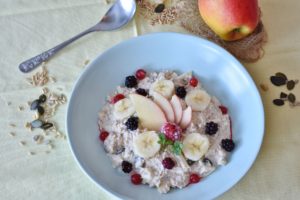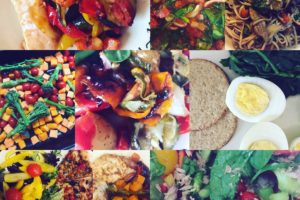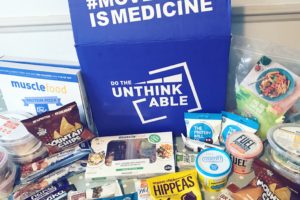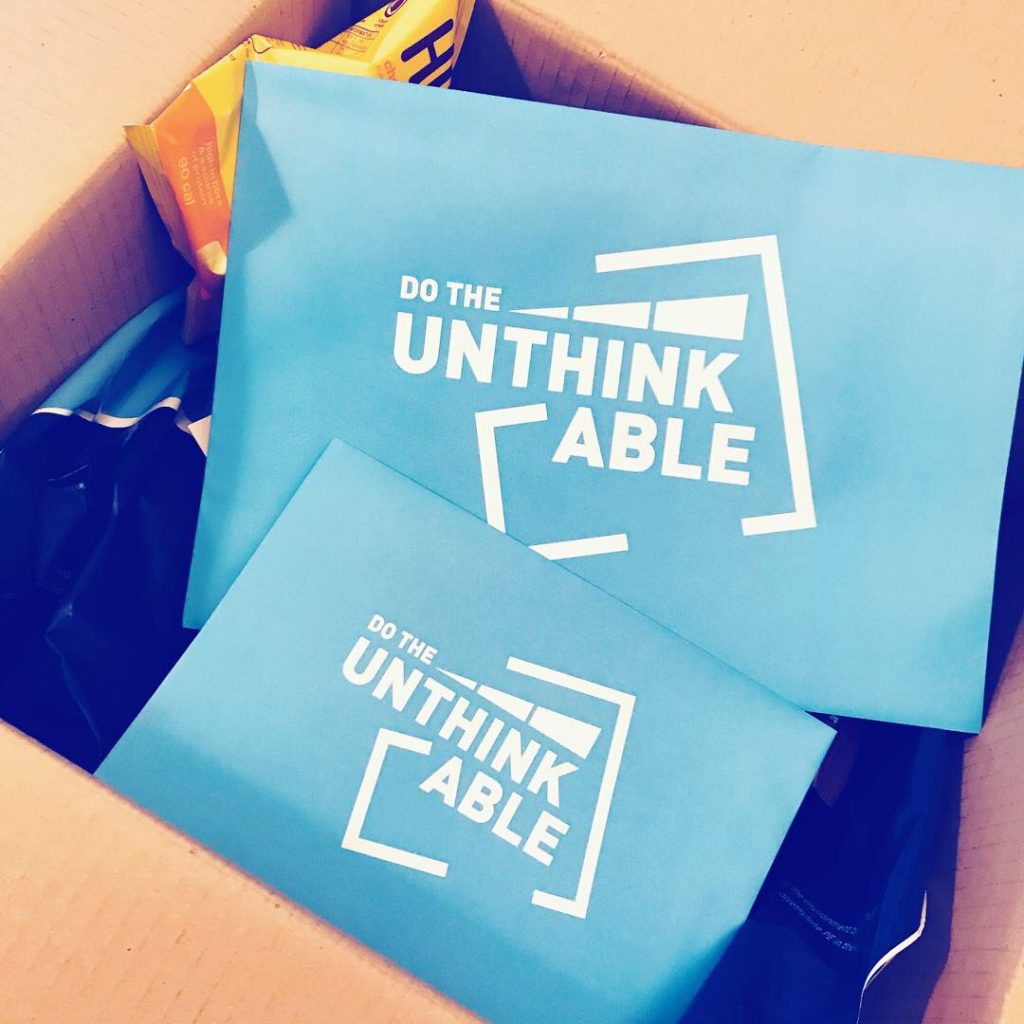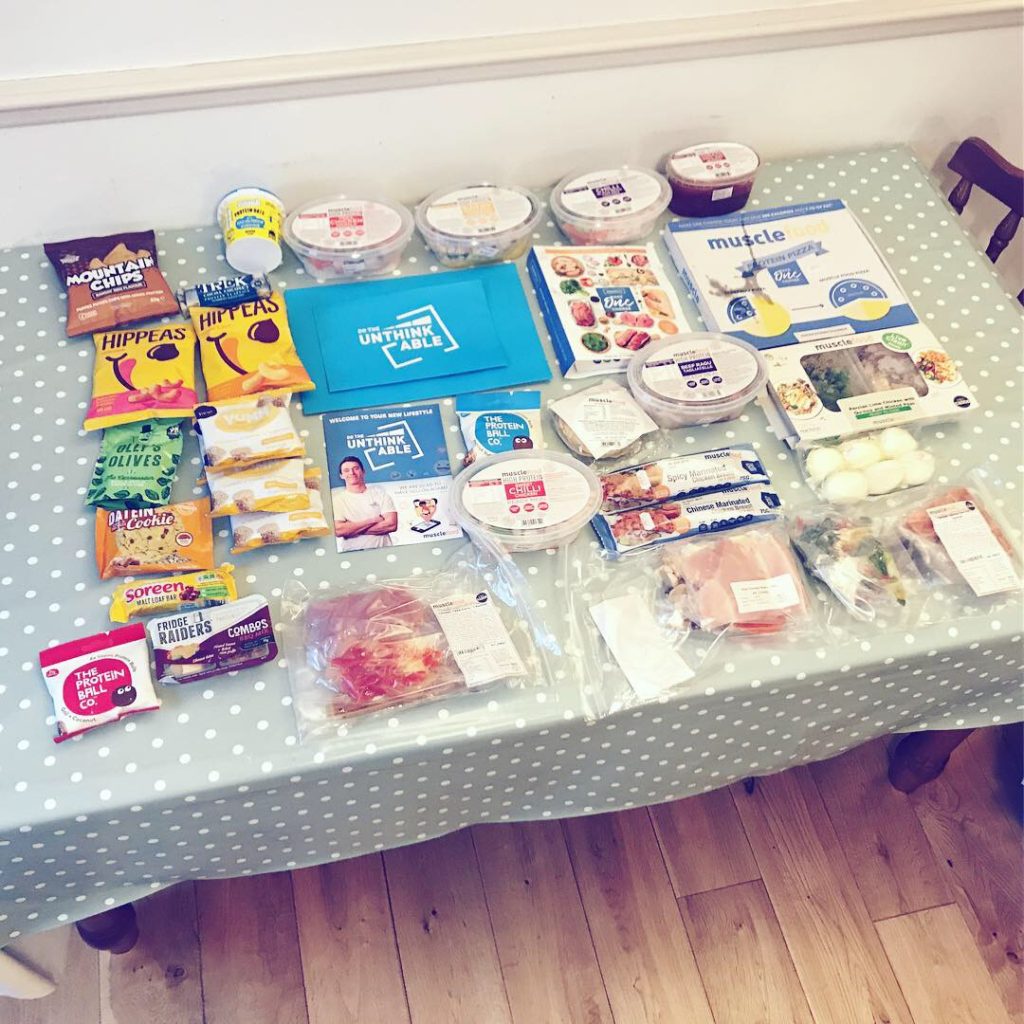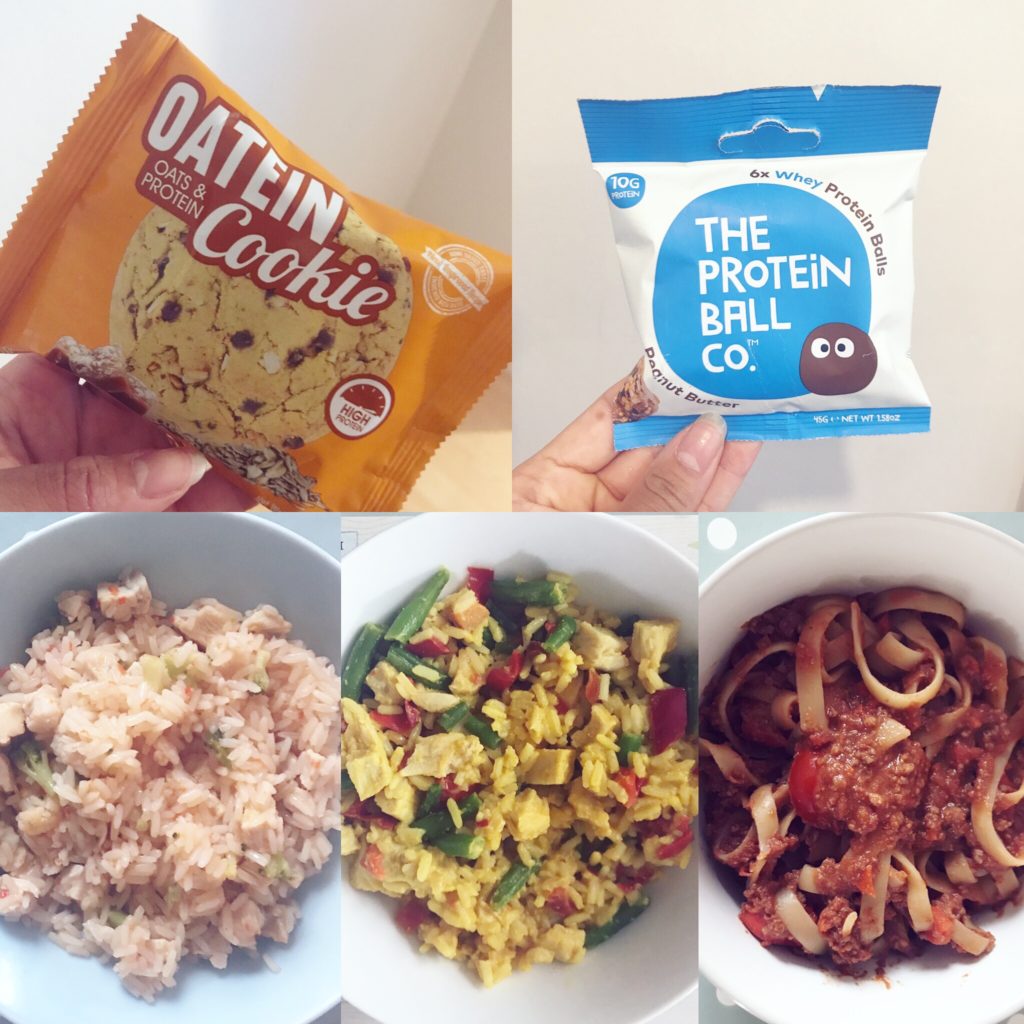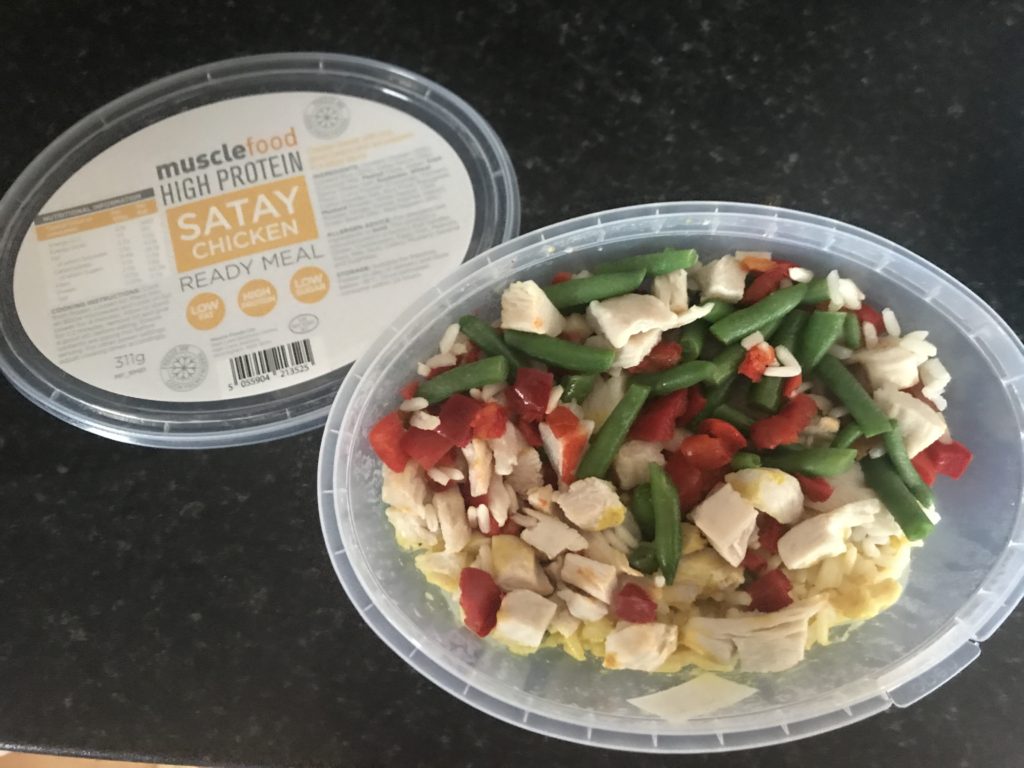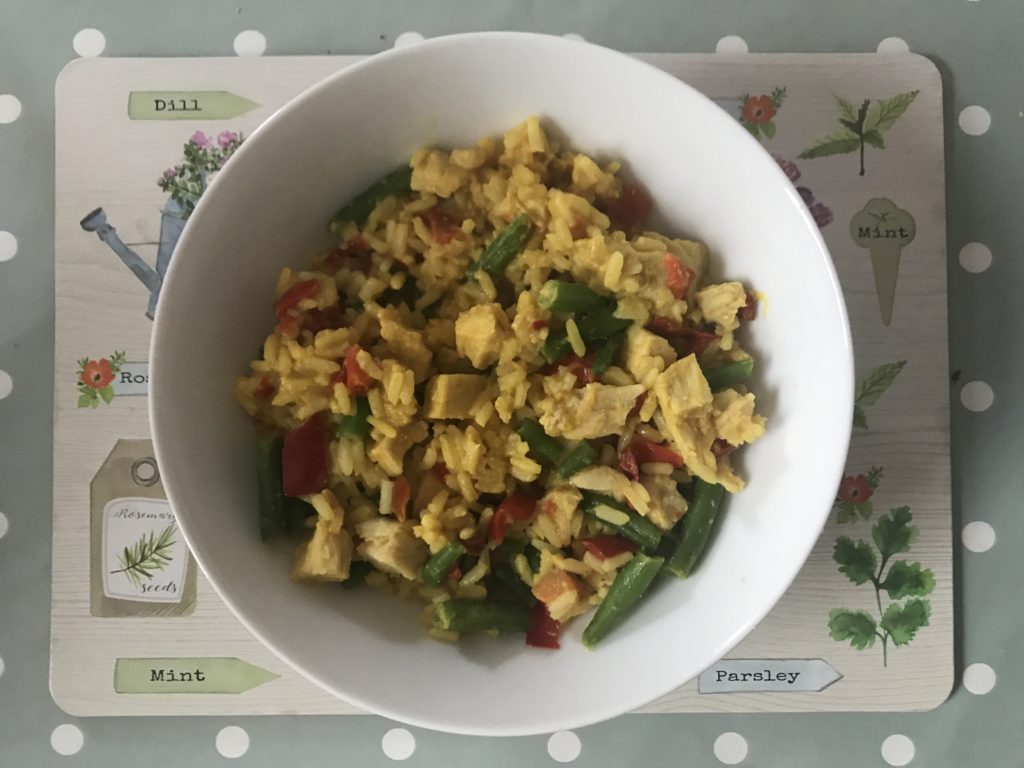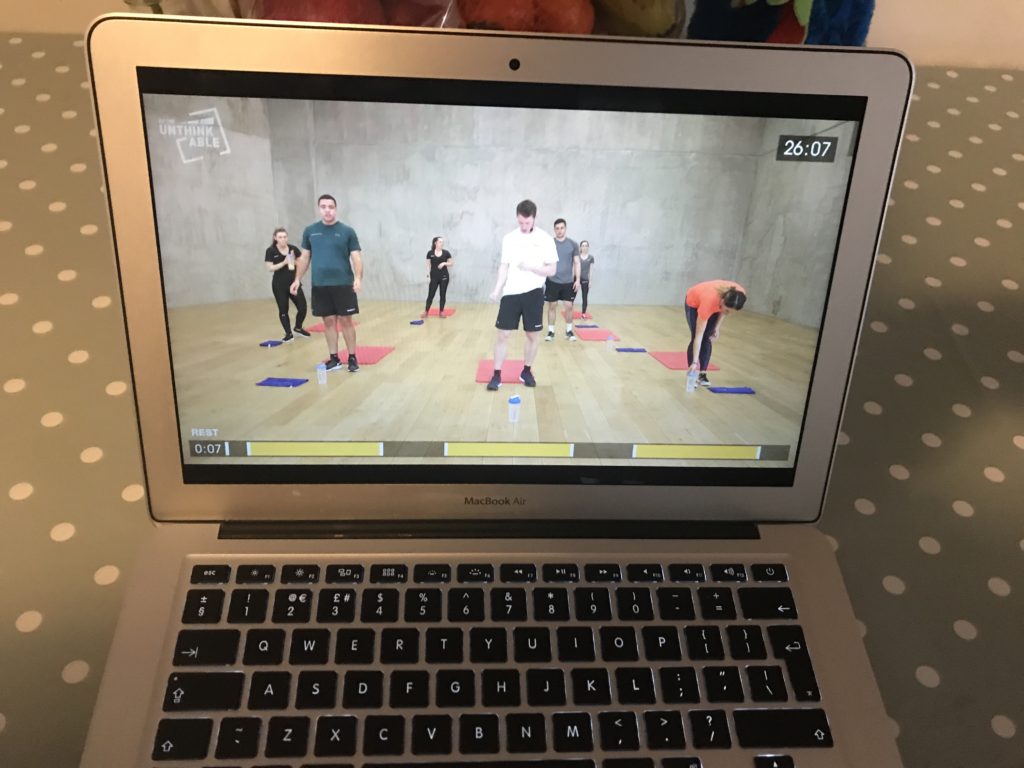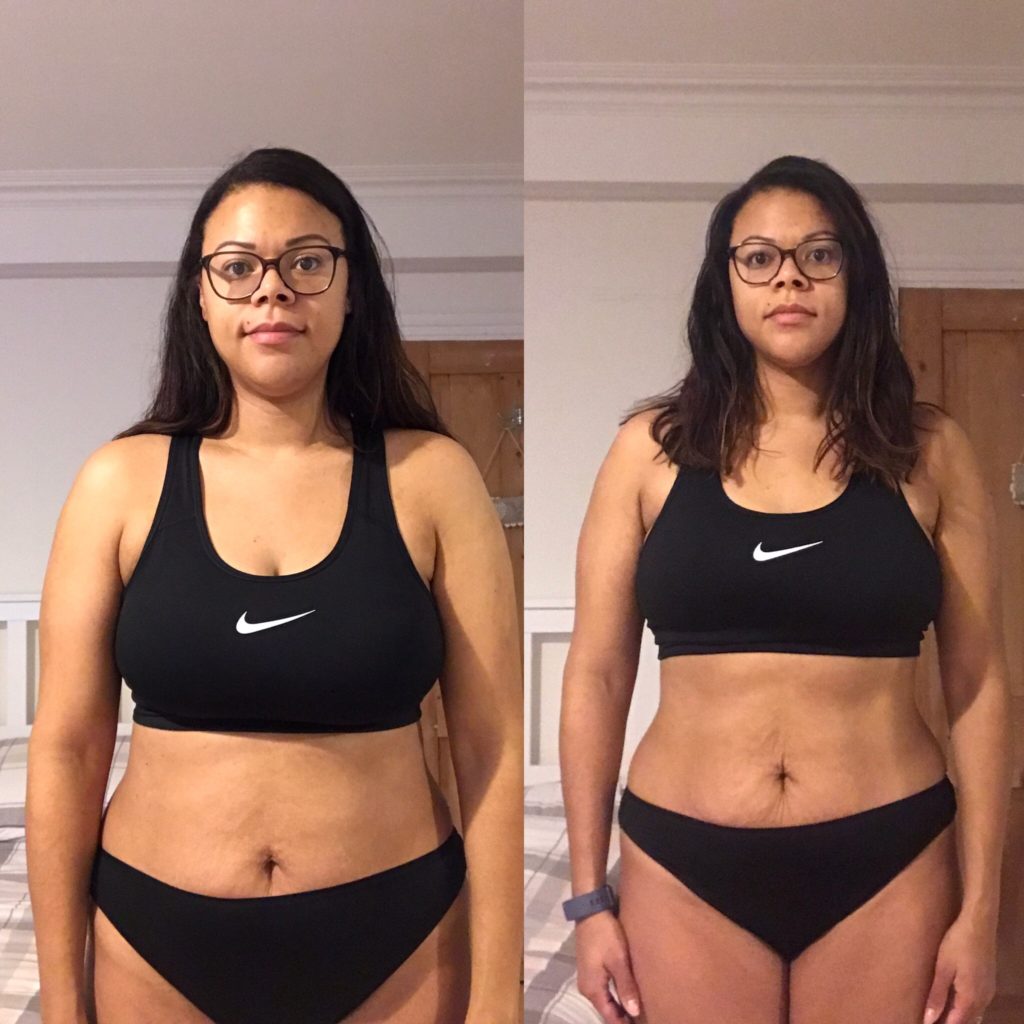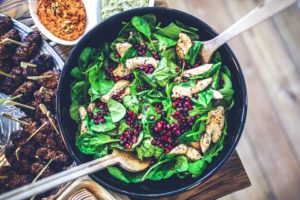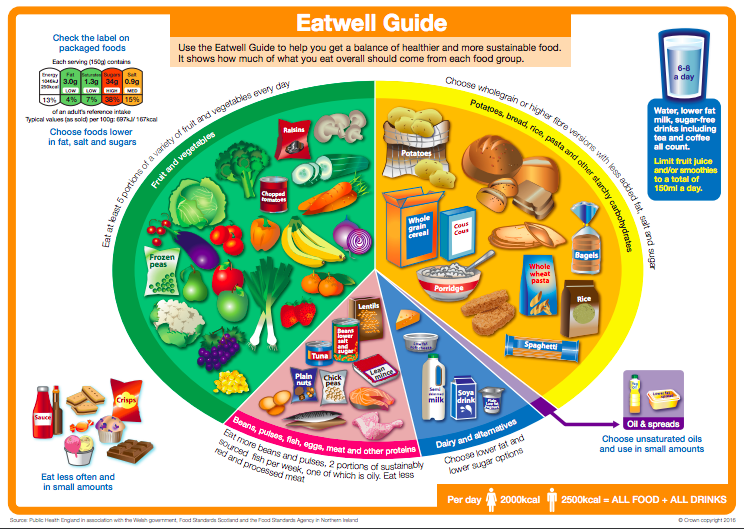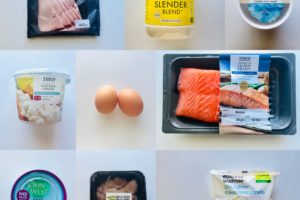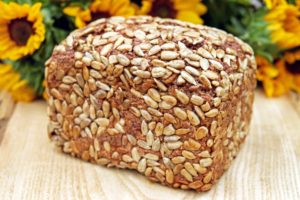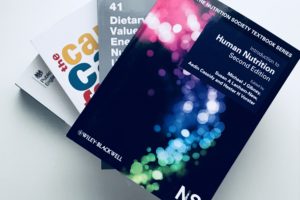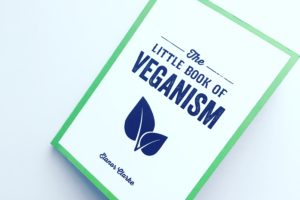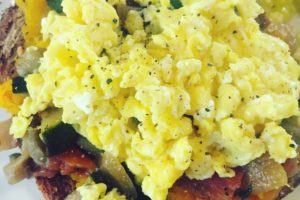Most of us have an idea about the types of healthy foods we should be eating during pregnancy, but when those pesky cravings hit, they can be quite the force to reckon with. Instead of avocado on toast, we crave anything salty and stodgy. However, there is a way to turn pregnancy superfoods into real treats that are craving-worthy.
After years of yo-yo dieting I decided to learn the truth about nutrition and what it is we should really be consuming for good health; and so I embarked on a diploma course accredited by the Association for Nutrition. I’ve completed 70% of my diploma so far and I have recently passed my pre- and post-natal course. With that in mind, along with the vast number of healthy recipes I’ve tried and enjoyed over the years, I’d like to share what I’ve learnt to be ‘pregnancy’ superfoods and how to create delicious dishes from them. I hope you enjoy reading this post.
Scrumptious one-pan salmon roast
Pregnancy superfoods: Salmon, broccoli and sweet potato
Do not underestimate a delicious one-pan roast. Not only will this hit the spot and satisfy your salt craving, it is also really easy to cook. Place salmon, broccoli and sweet potato into a pan with some oil and your seasonings of choice. Roast for 30 minutes and you’re done. Here’s why salmon, broccoli and sweet potato are great to eat when pregnant.
Salmon: It’s recommended to eat two portions of oily fish a week during pregnancy, because it is a great source of omega-3 which helps your baby’s brain develop.
Broccoli: This green veggie is a great source of folate which is vital for your baby’s spinal cord development and, like salmon, helps brain development.
Sweet potato: This spud provides beta-carotene, a form of vitamin A. While it is recommended to limit how much vitamin A you consume during pregnancy, this form is safe to eat and there is no limit how much sweet potato you eat. Vitamin A plays an important role in the growth of your baby’s eyes, heart and brain.
Here’s are some recipes using these pregnancy superfoods that you may like to try:
www.eatingwell.com
www.bbcgoodfood.com/recipes
Overnight oats with berries and yoghurt
Pregnancy superfoods: Oats, berries and yogurt
This recipe is so simple, healthy and filling. Mix jumbo oats, berries, greek style yogurt and a splash of milk. Pop in the fridge covered and the next morning you’ll have a really yummy breakfast (or healthy snack). You can also add sliced banana, a drop of vanilla essence or some honey if you prefer it slightly sweeter.
Oats: All oats are low in fat, high in fibre and release energy slowly. This will help combat tiredness as your body works hard to grow and care for your little one, while the fibre will help prevent a very common symptom of pregnancy – constipation!
Berries: These fruity delights are nutrient rich and will help with constipation too, thanks to their high levels of fibre. All berries are rich in antioxidants (great for your immunity) and vitamin C, which will help your body absorb iron through the foods you eat.
More overnight oats recipes:
www.weightwatchers.com
www.bbcgoodfood.com/recipes
Moreish Moroccan stew
Pregnancy superfoods: Red lentils, dried apricots, rapeseed oil
In a little rapeseed oil fry onions, garlic, turmeric, paprika and any other spices you like. Add chicken, lamb or chickpeas, along with chopped dried apricots, red lentils and your choice of stock. Bring to boil and then simmer. This makes a moreish stew that can be eaten alone, with brown rice or a brown pitta bread.
Red lentils: Red lentils are a pulse and all pulses are packed with protein, fibre, vitamins and minerals. They also count towards one of your 5-a-day.
Dried apricots: These provide your body with folic acid, iron and fibre. While they are delicious to cook with, they can also be eaten as a healthy and convenient snack on the go.
Rapeseed oil: This versatile oil can be cooked at relatively high temperatures and gives you and you baby a dose of healthy fats (including monounsaturated fats which are good for your heart) and the antioxidant, vitamin E.
A detailed recipe for you to try:
www.bbcgoodfood.com/moroccan-style-chicken-lentils
Water
It may not sound exciting, but water is so important to drink during pregnancy and there are ways to spice it up. Plus, sipping water regularly can help ease nausea from pregnancy sickness, maintain your energy levels and (it’s that word again) help relieve constipation. Here are some ideas to give your water a makeover.
Fruit infused cold water
Herbal teas
Water on the rocks a.k.a lots of ice
Hot lemon and ginger
Soup style, such as cuppa soup
Top tip: Invest in a water bottle with a straw and take it everywhere with you. You may be surprised by how much more you drink.
